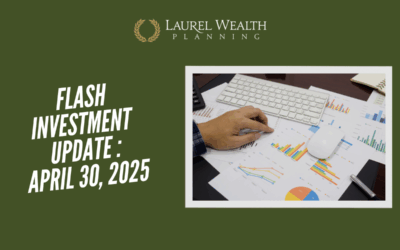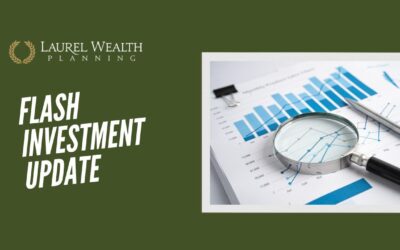Is socially responsible investing (SRI) an investment style or trend? It’s a bit of both. And it is evolving into a new name: environmental, social, and governance (ESG) investing.
As an investment style, SRI offers an alternative to more “traditional” portfolios, with an investment focus that many people feel better aligns with their values.
As an investment trend, SRI has grown in popularity and breadth. It is now largely established, with momentum pushing it to adopt a new name and expand to a new frontier. SRI is becoming more widely known as ESG investing.
A subtle shift to ESG investing
This is a subtle shift, perhaps. ESG is more objective-focused, while the earlier SRI framework tended to be more values-focused. SRI at times excluded specific companies based on value judgements, whereas ESG seeks to find the value in companies as part of its screening process.
We can objectively measure ESG factors, such as those in this chart adapted from the CFA Institute, though it can be difficult to assign them a monetary value.
Environmental |
Social |
Governance |
|
|
|
While gender and diversity have long been a focus of ESG investing, we expect that racial equity will receive an increased focus in ESG investing. A key initiative will be requesting that employee diversity information be made public to allow company benchmarking.
ESG investing growing in popularity
ESG is one of the most popular investment trends in finance right now, with immense interest in Europe and growing interest across the United States. Approximately 40 percent of LWP clients now invest using that focus.
Recent changes in two major U.S. stock indexes may signal the shift toward ESG investing. In the second half of 2020, Exxon Mobil (traditionally a fossil fuel company) was removed from the Dow Jones Industrial Average. Soon after, Tesla (known mostly as an electric vehicle manufacturer) was added to the S&P 500. These shifts were due in large part to the change in each company’s market size. Tesla’s market value surpassed Exxon’s in June 2020.
New frontier for ESG investing
What is next for the expansion of ESG investing? Despite being one of the biggest carbon emitters in the world, China has emerged a key new frontier for ESG investing. Pine Bridge Investments recently identified three reasons for this belief:
- Financing: China was the second largest green bond issuer in the world in 2019. Green bonds have financed projects in low-carbon transport, renewable energy, and sustainable water.
- Adoption: Technology allows for faster, more widespread access to ESG by enabling progress and changing behavior.
- Metrics: Data as key to identifying opportunities. A longer track record and further standardization of metrics will likely build more confidence for ESG investors in China.
As described by Pine Bridge, China is a potential gamechanger for ESG due to its sheer size. With ESG in its infancy there, we’re only seeing the tip of the Iceberg for growth in China.
For ESG investors in the U.S., this could add momentum to the investment style they have chosen to support their values. In turn, we may see companies around the world changing their operations as they seek to appeal to investors joining this trend.
Definitions
Dow Jones Industrial Average: The Dow Jones Industrial Average is a composite of 30 stocks spread among a wide variety of industries, such as financial services, industrials, consumer services, technology, health care, oil & gas, consumer goods, telecommunications, and basic materials. The index is price weighted (component weightings are affected by changes in the stocks’ prices).
S&P 500: Representing approximately 80% of the investable U.S. equity market, the S&P 500 measures changes in stock market conditions based on the average performance of 500 widely held common stocks. It is a market-weighted index calculated on a total return basis with dividend reinvested.

Jesse bridges the gap between clients’ personal and financial goals, with focus and energy.




